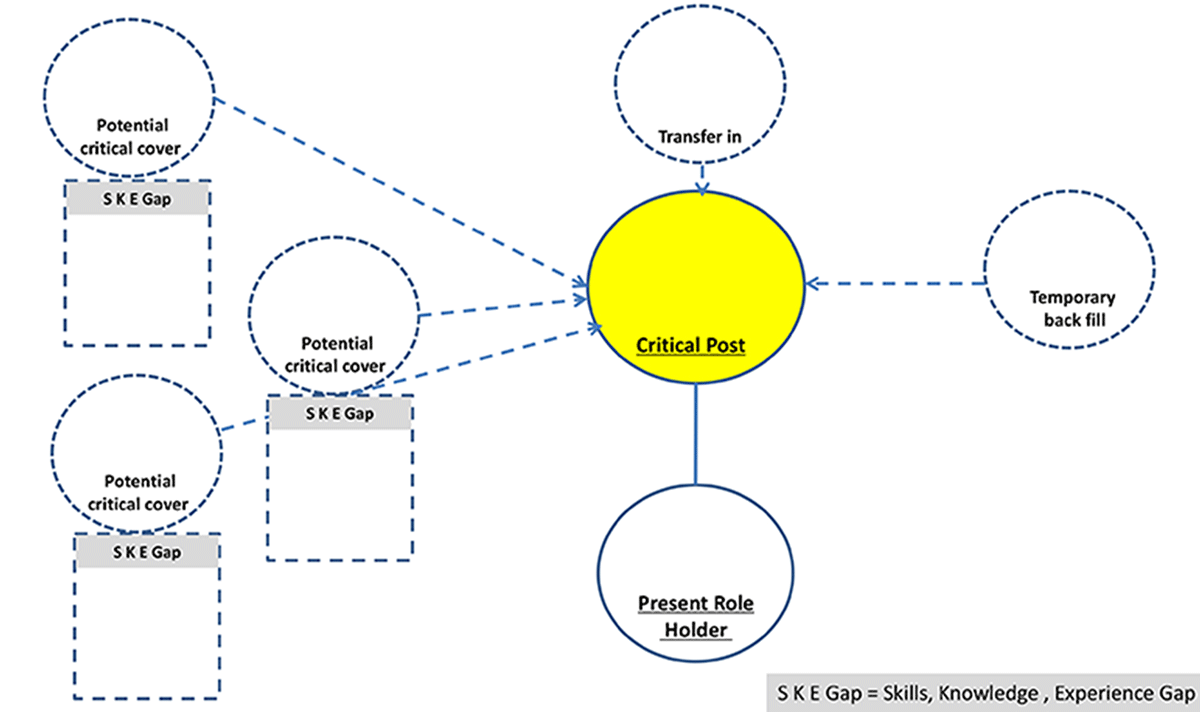When managers are discussing future plans with staff members, they should consider the experience and skills that each staff member has and how these might best be deployed in the future.
For example, if an staff member indicates an intention to retire shortly, the manager may wish to explore:
- How to retain the knowledge, skills and experience that the staff member has
- How such knowledge, skills and experience could be passed on to other colleagues
- Whether there is anyone else in the organisation who might be a suitable replacement for the member of staff
- Whether the staff member may be suitable for, and agreeable to, taking on a mentoring role in respect of less experienced staff or a prospective replacement.
General observations related to succession and progression planning at Brookes
Download and read this memo on succession and progression planning.
This resonates with a current concept of self managed succession planning where individuals have an input into an organization's succession planning.
“Self managed succession is a tripartite relationship: the organisation (HR) provides the tools and processes, managers provide the support and feedback, and individuals take advantage of the opportunities” Caplan (2013 pp65).
Critical posts progression planning team exercise (for managers)
This can involve the manager and their team producing a progression planning diagram for a critical post within their department (as shown in diagram below).

Manager and team can identify a series of critical roles/tasks and then proceeded to populate the templates with staff who have the potential to provide critical cover.
As a team
identify key job roles/tasks that if not occupied for any reason would immediately cause great disruption to the business objectives of the department;
identify staff who have the potential to provide cover to these critical job roles/tasks who
These could then become operational documents which can be referred to at time of need (i.e. due to illness, sudden resignation, jury service, holidays).
In the meantime the skills, knowledge and experience gaps for individuals can be addressed through individual PDRs.
Whilst the primary aim is to provide temporary cover the secondary benefit is that staff (through development) are in a better position to successfully apply for a permanent promotion when they arise. In addition the adopted approach supports the Brookes ethos of openness and involvement.
Caplan, J (2013) “Strategic Talent Development, develop and engage all your people for business success”, Kogan Page, London pp 65.
